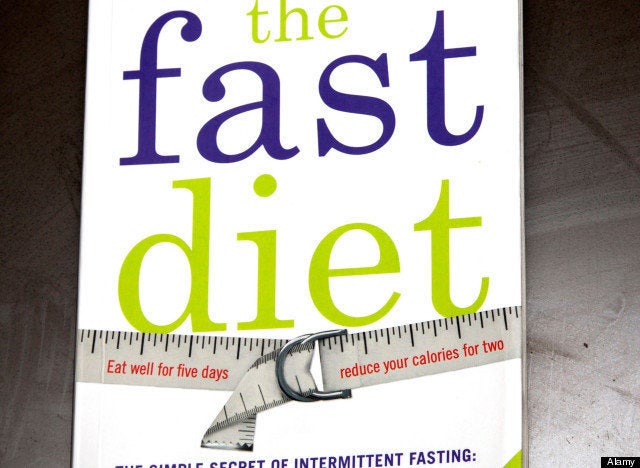
Welcome to Ask Healthy Living -- in which you submit your most burning health questions and we do our best to ask the experts and get back to you. Have a question? Get in touch here and you could appear on Healthy Living!
"Ask Healthy Living" is for informational purposes only and is not a substitute for medical advice. Please consult a qualified health care professional for personalized medical advice.
I am looking to get back into martial arts at 58. How do I get my agile flexibility back without tearing my muscles while stretching?
-- David
It's true that as we age, flexibility becomes an even bigger concern. All of the experts we interviewed agreed that older bodies come with an ultimatum: Use it or lose it. If you aren't maintaining an active lifestyle, you can expect accelerated muscle loss, decreased stamina, strength, range of motion, balance and flexibility.
So getting into a new fitness routine or revisiting or ramping up an old one, like Martial Arts, is a really great idea. But David is right to be concerned about flexibility in middle age. "There are normal things that happen with aging -- naturally occuring phenomena," says Patrice Winter, a clinical physical therapist and spokesperson for the American Physical Therapy Association. "One of those is flexibility -- if you don’t stretch and move, your joints start to get less flexible. It's really important to keep joints moving."
And some parts of our bodies suffer more than others. "The older we get, sitting more, our hamstrings tend to get tight. The muscles in the back of the calf, around our Achilles' tendons," says A. Lynn Millar, Ph.D., a physical therapist and professor of physical therapy at Winston-Salem State University in North Carolina. "The other area that people might not notice as much is the chest muscles. If we’re working at a desk, we bring our head forward and round our shoulders, so the muslces in the front of our chest -- our pectoral muscles -- get shortened and tight while our back muscles loosen."
There are so many kinds of stretching that it can be a bit confusing. The key is to warm up the muscle and then push its limits in terms of pliability and range of motion. John McCarthy, a physical therapist and an associate professor of physical therapy at the University of Alabama, Birmingham, recommends doing either static or dynamic stretching exercises. Static stretching, or taking a position that elongates the muscle and holding it, is beneficial because it's extremely low risk for injury, he says, while still improving range of motion and flexibility. Because static stretching doesn't involve warming up the muscles first, it's best to do the stretches during or following a cardio or strength-training workout.
Dynamic stretching, by contrast, involves taking a position at the end range of motion, applying slow, steady pressure to push that boundary and then returning. Because it is a series of exercises, it does double duty -- warming up the muscle and then working to enhance flexibility and range of motion.
Regardless of your chosen type of stretching, McCarthy recommends consulting a physical therapist or well-regarded book for specific moves. Millar suggests this routine: choose stretches based on where you feel tightness. For static stretches, the typical recommendation is 30 seconds per stretch, performed in three reps. "You'll see an improvement in the range of motion even if you do each exercise once for 15 seconds," she says, but the benefit is greater with increased duration and repetition. Although most official guidelines recommend stretching three times a week, Millar says that daily stretching is more effective and not dangerous.
For dynamic stretching, think about your activity and how you will use your body. For example, if you'll take on a martial arts class, you might know you'll be throwing punches and high kicks. Before you get started, do some slow motions to simulate the positions you'll take during the course of the class.
But how do you know if you've taken a stretch too far? You should still be able to breathe and talk, says Winter. If you have to hold your breath, you're going too far. Millar says that you shouldn't feel your muscles trembling -- a sign that you're stretching too deeply. Dial it back until you're feeling a gentle pull, but no burning or pain, she says.
One caveat: many older patients experience tightness around the hips and other joints. While this is often muscular, it can occasionally be a sign of arthritis-associated tightness in the joint. To differentiate, Millar, who is also a fellow of the American College of Sports Medicine, recommends checking your hamstrings: if you can lie flat on the ground and lift your leg to a 90-degree angle, the problem is unlikely to be inflexibility and is instead arthritic stiffness in the knee or hip, she says. If you suspect the latter, see a physician for a medical evaluation.
Have a question? Ask Healthy Living!
